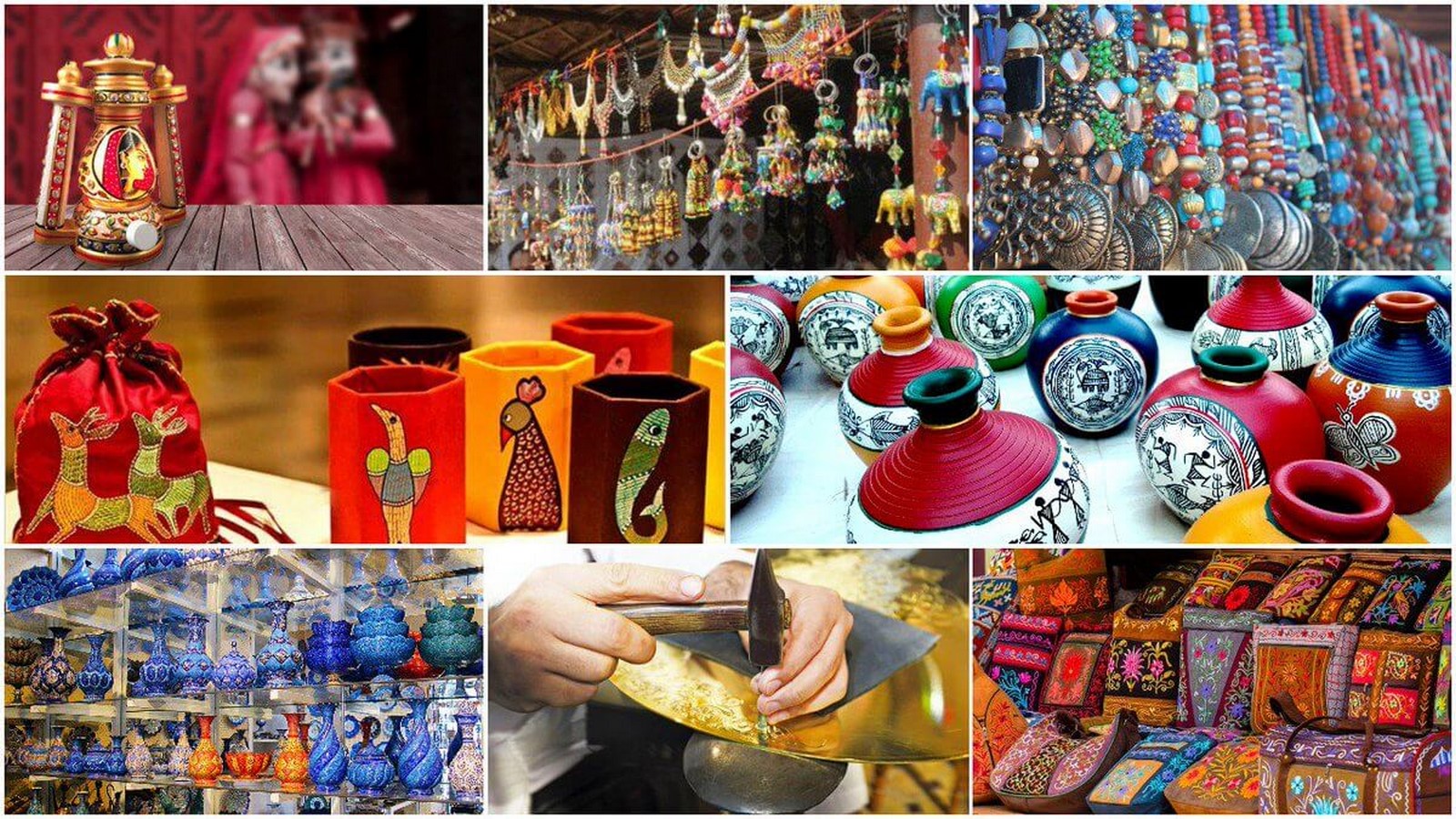Handicrafts refer to handmade objects created using traditional skills, creativity, and craftsmanship. These objects are not mass-produced, and they reflect the uniqueness of the culture and heritage of the artisans. In today’s world, where most of the things are manufactured on a large scale, handicrafts still hold immense importance. In this article, we will explore the reasons why handicrafts are important and why we should encourage and appreciate the artisans who create them.
Introduction
Handicrafts are an important part of the cultural heritage of many countries. They are often considered as works of art and are admired for their unique beauty and originality. Handicrafts also have economic, environmental, social, and educational significance. In this article, we will discuss the various aspects of the importance of handicrafts and why they should be appreciated and preserved.
Historical Significance of Handicrafts
Handicrafts have been an important part of human civilization since ancient times. They have played a significant role in the development of human culture and art. In the past, handicrafts were created for practical purposes such as clothing, shelter, and tools. However, as time passed, they evolved into objects of artistic and aesthetic value. Handicrafts have been used to express the culture, beliefs, and traditions of various communities, and they serve as a reminder of their history and heritage.
Cultural Significance of Handicrafts
Handicrafts are an important part of the culture and identity of many communities. They reflect the unique customs, beliefs, and traditions of the people who create them. Handicrafts can also promote cultural exchange and understanding between different communities.
Economic Significance of Handicrafts
Handicrafts can provide a source of income for artisans and their families. They can also contribute to the economic development of the communities where they are created. Handicrafts are often sold in local markets and can attract tourists, which can boost the local economy. In addition, the production of handicrafts can provide employment opportunities for people who may not have access to other forms of work.
Environmental Significance of Handicrafts
Unlike mass-produced items, they do not contribute to the pollution of the environment. Handicrafts can also promote sustainable practices by encouraging the use of renewable resources and reducing waste. Furthermore, the creation of handicrafts can help preserve traditional methods of farming and forestry.
Social Significance of Handicrafts
Handicrafts can play an important role in social development by promoting community participation and cooperation. The creation of handicrafts can bring people together and help build social connections. Handicrafts can also be used to promote social causes and raise awareness about issues such as human rights and the environment.
Educational Significance of Handicrafts
Handicrafts can be used as educational tools to teach children about different cultures, traditions, and historical events. The creation of handicrafts can also help develop fine motor skills, creativity, and problem-solving abilities. By learning
The Benefits of Handicrafts
Handicrafts have numerous benefits that make them important for individuals, communities, and societies as a whole. Let’s take a closer look at some of these benefits:
1. Cultural Significance
Handicrafts are an important part of cultural heritage. They are a reflection of the unique customs, beliefs, and traditions of the people who create them. Through handicrafts, we can learn about the history and culture of different regions and communities.
2. Economic Development
Handicrafts can provide a source of income for artisans and their families. By supporting the production and sale of handicrafts, we can contribute to the economic development of communities, particularly in rural areas where other employment opportunities may be limited.
3. Environmental Sustainability
Handicrafts are often made using natural materials and sustainable production methods. By supporting the production of handicrafts, we can promote sustainable practices and reduce our environmental impact.
4. Social Significance
Handicrafts can bring people together and create a sense of community. Many handicrafts are created using traditional skills that have been passed down through generations, providing a connection to the past and a sense of continuity.
5. Educational Value
Handicrafts can be used as a tool for education and skill development. By learning traditional skills, individuals can develop new skills and knowledge that can be used in other areas of their lives.
The Future of Handicrafts
In today’s world, handicrafts face many challenges such as competition from mass-produced items, lack of recognition, and limited market access. However, the future of handicrafts is bright. There is a growing appreciation for handmade objects and traditional skills. Many artisans are also adapting to the changing market by incorporating modern designs and techniques. Governments and organizations are also recognizing the importance of handicrafts and are taking steps to support and promote their production.
Conclusion
Handicrafts are more than just beautiful objects. They hold immense cultural, economic, environmental, social, and educational significance. They are an important part of our world’s heritage and should be preserved and appreciated. By supporting and promoting handicrafts, we can contribute to the economic development of communities, promote sustainable practices, and celebrate the diversity of our cultural heritage.
